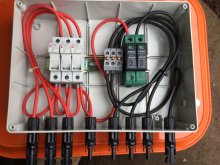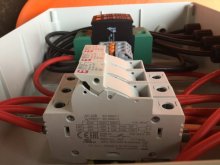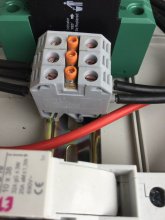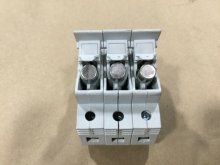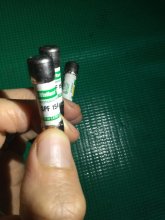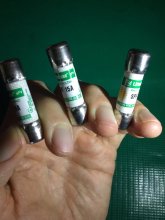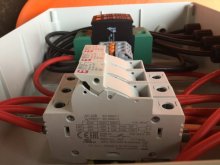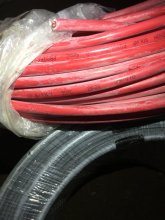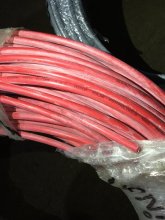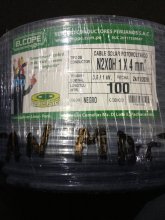Well, thanks for pointing me in the right direction.
Typical experience down here dealing with the distributor. Now that they have the money, they just sit back and not answer any of the customer's questions. All too common behavior in this country. Nevermind the fact that the invoice they billed me says they include the engineering, configuration, integration and setting of parameters according to the customer's preference. It also includes "arming the battery cables according to the configuration of the system."
I asked them three simple questions exactly one week ago, and followed up with a phone call, so they created a whatsapp group chat with their in-house electrical engineer and technician in order to supposedly respond to my inquiries. During the phone call, their representative, Anthony, attempted to discourage me from doing the installation myself, saying that someone needs to be "qualified" to put everything together. To date, however, they haven't answered a single one of my questions, and instead of responding to the questions they just went ahead and told me I can pay someone to come out (and cover their travel expenses + room & board) to "help me". Not even paying so they can do everything, but just so someone can come out and help me do it.
I will update my thread accordingly, and refrain from making a post specifically about this distributor if they actually turn things around, and stop trying to squeeze more money out of me. I already paid about $4000USD more than what these same components would cost in the USA, so I would expect much better technical support out of the gate to make up for the exorbitant fees one has to pay in this country for anything imported.
In case anyone's curious, the distributor is Novum Solar in Lima, Peru.
https://novumsolar.com/
If their marketer knows anything about google alerts, maybe they'll find this thread and tell their general manager. I for one can't get ahold of the guy.
****Edited to add****
Looks like the secretary told them I was losing my patience, so they put me in touch with their electrical engineer. He was pretty helpful in answering some of my questions, so it looks like they're turning things around.



